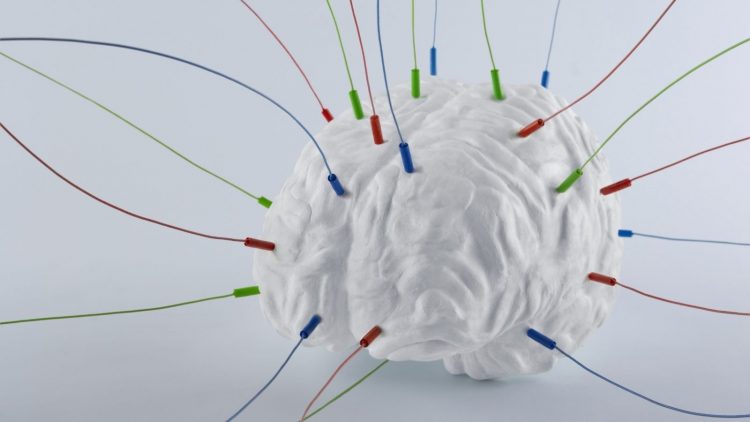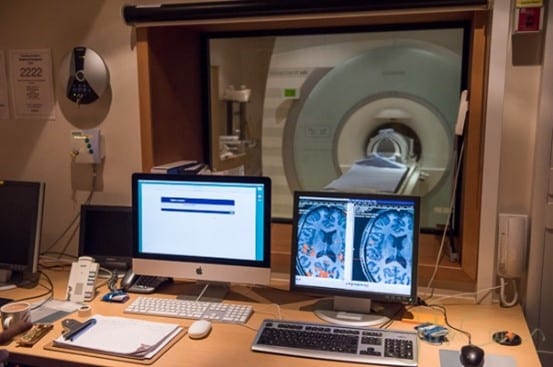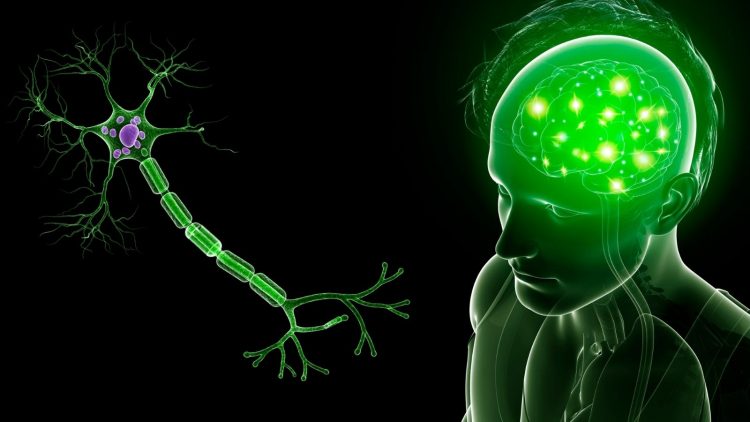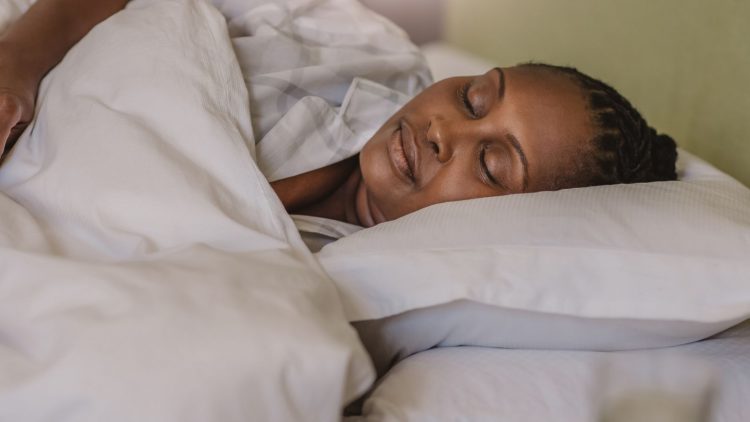Rewiring the Brain
2 Feb 2022|Heidi Johansen-Berg
- Research

I’m interested in brain plasticity – how the brain changes with experience. Brain plasticity occurs in lots of different contexts – when we learn new skills, make changes to our lifestyle, or recover from damage to the brain such as stroke. In my research group, we are interested in understanding how, when, and where the brain changes. We hope that by understanding more about the processes involves in brain change, we can design new clinical interventions to promote plasticity in order to improve recovery after damage.
How does experience shape our brains? We study this question at different levels. Zooming out, we can detect changes at the macroscopic level of the whole brain. Zooming in, we can monitor changes at the microscopic level of individual brain cells. A key technology that we use in our research is magnetic resonance imaging (MRI). MRI scanners are found in many hospitals and you might well have had the experience of being fed into one of these narrow tubes to have some body part scanned. In a research setting, we use MRI scanners to provide information on different aspects of brain structure. Other types of MRI scan can show us where brain areas are working hard to carry out different tasks such as moving the fingers or solving a puzzle in the scanner.


One key question we have tried to answer with our research is where does plasticity happen in the brain? In particular, we have been studying whether plasticity occurs in the brain white matter – where brain fibres connecting different brain regions are located. Many brain fibres are encased in an insulating sheath called myelin. It has long been thought that myelin is a static structure that simply supports the fibres and allows signals to pass rapidly and reliably along them. However, our work has helped to demonstrate that myelin can change with experience, such that active fibres become more heavily myelinated. We have shown, for example, that when people learn a new skill, such as juggling, this changes the structure of the white matter in our brain. In parallel experiments in rodents – where we can directly measure and manipulate myelin – we have shown that these changes reflect plasticity in the insulating myelin sheath. So, these studies show that when we practice new skills, the brain pathways that are activated during training get stronger and more effective as a result. We can rewire our brain through practice.

As we discover more about brain plasticity, we hope to use that knowledge to inform design of new clinical treatments. We are particularly interested in recovery after brain damage such as a stroke. Stroke results in permanent damage to the brain and impairments depend on the location of the damage. For example, a stroke affecting the motor areas of the brain results in difficulties moving the opposite side of the body. Such movement difficulties are common after stroke. Most patients do not fully recover, and many are left with long term disabilities. Recovery depends on ‘re-learning’ of the lost abilities, and requires plasticity in other, intact brain areas, to compensate for the damaged region. Given that rehabilitation relies on learning and brain plasticity, we are interested to find out whether interventions that boost plasticity could be used to enhance recovery. For example, we can use electrical brain stimulation to promote plasticity. We have shown that delivering rehabilitation while stimulating the brain in this way improves clinical outcomes. More recently, we have tested whether we can tap into the brain’s own capacity for activity modulation using neurofeedback. By feeding back information about someone’s own brain activity patterns, we can train people to push their brain activity towards a more optimal pattern for recovery. Currently, we are testing whether targeting the sleeping brain offers a route to enhance recovery. We know that sleep plays a special role in consolidation of learning and memory. We also know that people tend to sleep poorly after stroke, and that worse sleep is associated with worse clinical outcomes. We are trialling approaches to improve sleep quality, or to enhance particular sleep patterns, in order to promote recovery.
What does the future hold? With rapid advances in wireless technologies and wearable tech, the future holds exciting possibilities to take these interventions out of the laboratory and into people’s homes. In future, rehabilitation will not be limited to a half hour session in a therapist’s clinic. Instead, apps and devices could be employed 24/7, to monitor our movements, stimulate our brains, and modify our sleep in order to enhance brain plasticity and improve recovery.
Category: Research
Author

Heidi
Johansen-Berg
Professor Heidi Johansen-Berg FRS FMedSci is Pro-Vice Chancellor (Strategic Initiatives) at the University of Oxford and Associate Head (Research and Innovation) in the Medical Sciences Division.